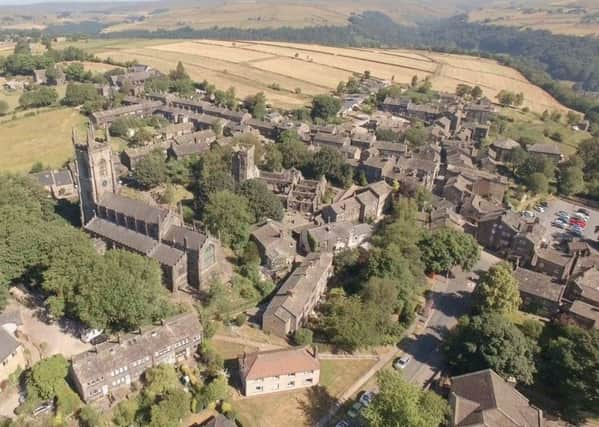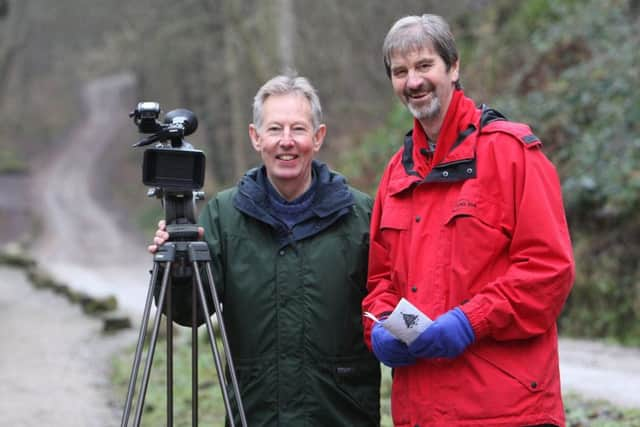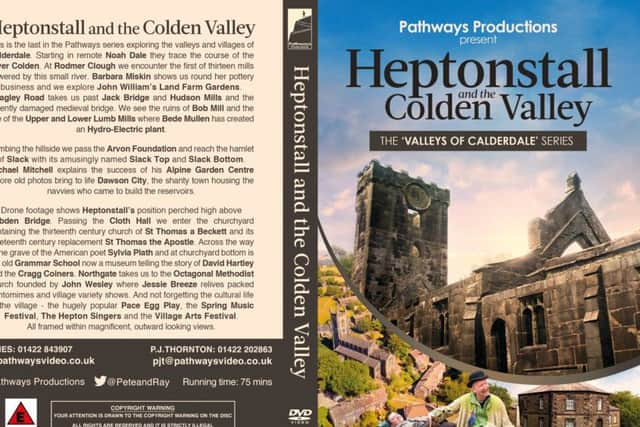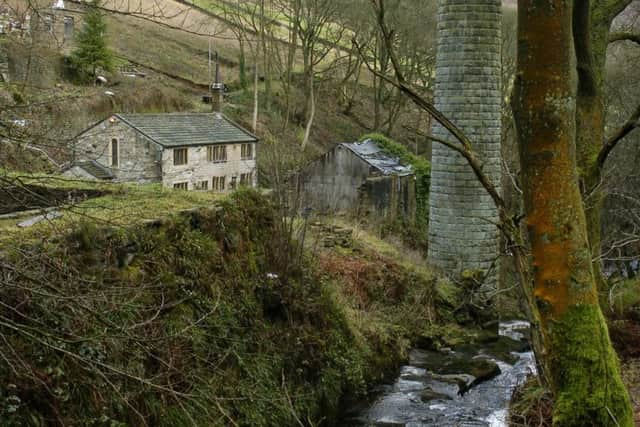Tracking the Colden valley from source to historic Heptonstall ...


Pathways, Calderdale’s two-man film production company is about to release its latest DVD, “Heptonstall and the Colden Valley” - the sixth in the Valleys of Calderdale series.
Cameraman and director Peter Thornton from Northowram and presenter Ray Riches from Heptonstall have worked together for over a decade.
Advertisement
Hide AdAdvertisement
Hide AdTheir latest film starts in remote Noah Dale, on the edge of the moors, from where they trace the River Colden on its downward trek, pausing at derelict farmhouses to wonder what kind of lives survived there.


At Rodmer Clough they meet the remains of the first mill site, astonishingly one of thirteen eventually powered by this small river. Barbara Miskin shows them round her small pottery business.
The film then moves down to the lovely picnic site at Hebble Hole to mourn the fate of the medieval clapper bridge which has been badly damaged by a fallen tree. Will it ever be repaired?
The river tumbles down past the ruins of Bob Mill and the site of the Upper and Lower Lumb Mills.
Advertisement
Hide AdAdvertisement
Hide AdIt’s here they meet Bede Mullen who talks them through the Hydro-electric scheme he has set up there, basically using the same time-honoured techniques of taking power from the landscape.


Leaving the river they climb the hillside and pass the Arvon Foundation at Lumb Bank where students go for creative writing courses in idyllic surroundings.
Higher up they arrive at the hamlet of Slack which has attracted much hilarity over the years with its Slack Top and Slack Bottom. It’s home to Slack Top Alpine Nursery and Garden where owner Michael Mitchell outlines the reasons for its success.
They then explore the site of Dawson City, a shanty town which grew up to house the hundreds of navvies who came to build the reservoirs high up on the moors.
Advertisement
Hide AdAdvertisement
Hide AdAmazingly a railway was built to transport the workers there.


Finally the film enters Heptonstall where drone footage shows its position perched high above Hebden Bridge, flanked by the Rivers Hebden, Colden and Calder.
There is so much of historical interest there that the dilemma the filmmakers had was where to point the camera first.
On Towngate are the two remaining pubs – the Cross and the White Lion, which at one time one time were joined by five others.
Advertisement
Hide AdAdvertisement
Hide AdFurther up the cobbles with rows of weavers’ cottages on either side they look at the village pump.
At the heart of the village are the two churches of St Thomas a Becket and St Thomas the Apostle with the former dating back to the thirteenth century and the latter replacing it in 1854 after storm damage. They have the distinctive feature of being one of a few churches sharing the same graveyard.
Church warden Graham Kidd gives them a guided tour of the ‘New’ Church and the bell ringers give an entertaining performance in the belfry.
The cultural life of the village is also featuring with the Spring Music Festival, performances by the Hepton Singers, the Village Arts Festival and of course the hugely popular Pace Egg Play given in Weaver’s Square on Good Friday
Advertisement
Hide AdAdvertisement
Hide AdlThere will be a free showing of the film at Hebden Bridge Town Hall starting at 11am on December 8 when it will be for sale at a reduced price. It will also be available on the website www.pathwaysvideo.co.uk as well as the usual valley outlets.